The USA National Expo Experience as an SAC Member
Hi there! If you’re reading this post, you’re likely someone that is interested in learning more about either the Enactus National Expo here in the United States and/or what exactly the SAC stands for and does. I promise that you’ll gain great insight into both of these areas, whilst simultaneously realizing just how powerful the Enactus network is. If I’ve convinced you by the end of this article, do connect with me on LinkedIn!
My name is Akhil. I am a Sophomore at the University of California, Berkeley majoring in Data Science & Economics. I’ve been a part of Enactus for 2 years now, with 1 as part of the SAC. I’ll be sharing some insights in hopes of not only encouraging participation at our national exposition, but also involvement in the SAC, which has been transformative for me.
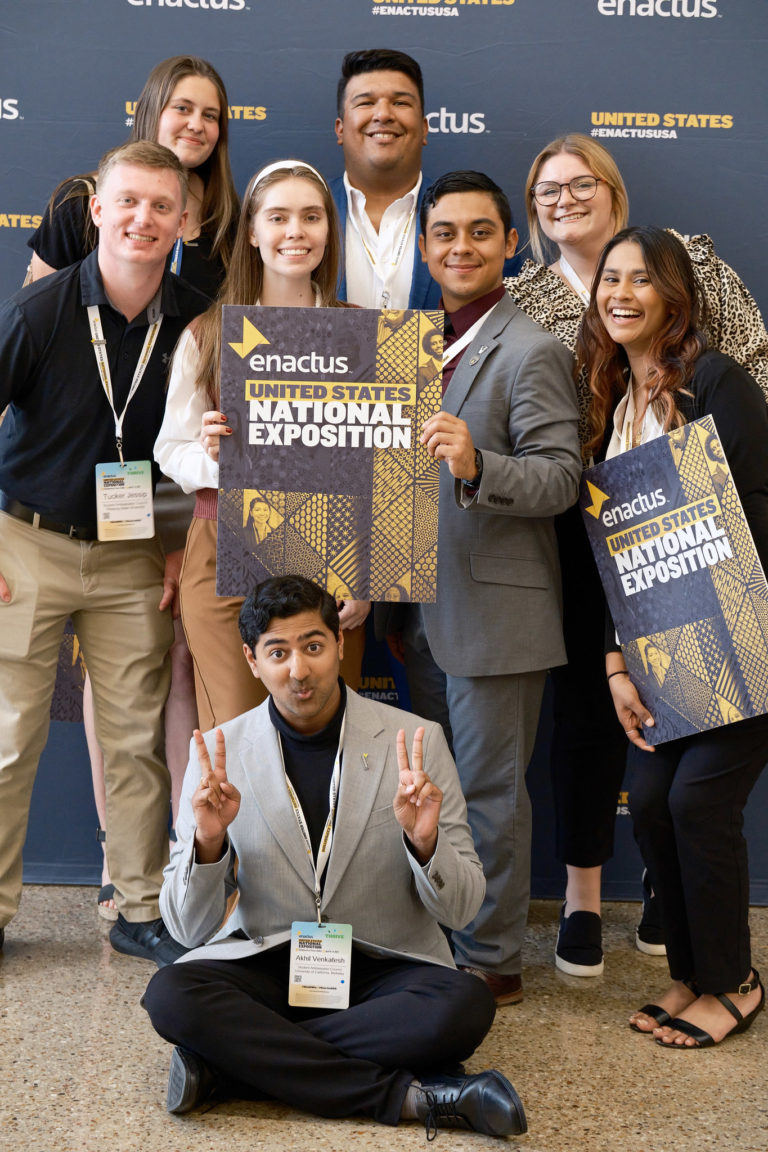
What exactly is the SAC? The SAC stands for the Student Ambassador Council and is composed of specially nominated Enactus chapter leaders from across the USA, representing a wide array of states, universities, majors, and backgrounds. As an advisory body, SAC members provide Enactus USA with input on strategy, programming, and marketing. Part of that also means inspiring new Enactus chapters, providing insight on team recruitment, influencing students to take charge of impactful projects, and serving as representatives for Enactus USA.
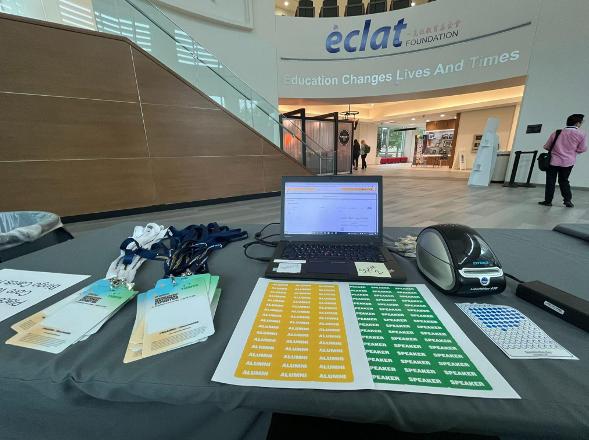
Now you might be wondering… what do we do at Expo? Our work actually starts prior to the event, though the majority of our support is utilized during Expo itself. For the 2023 National Exposition, we flew in on Tuesday to help set up the registration desk, assist with team photos, arrange all of the flyers, and help set up for the career fair. While students were busy competing on Wednesday, my schedule consisted mainly of registration desk work, with the opportunity to attend the career fair (being a student myself!) as well as helping out with competition room league monitoring to ensure a smooth proceeding of preliminary rounds. One might assume that it’s a very straightforward process for teams to get to their rooms and head in at the specified time, but there is a certain level of professionalism and order that must be maintained throughout the course of the competition, as even one person barging into the room when a team is presenting can cause issues and hiccups. We wrapped up the day with an SAC dinner, allowing for some bonding time and reflection on the work we have done over the past year, as well as how to improve the work we do and increase student leadership throughout the network.
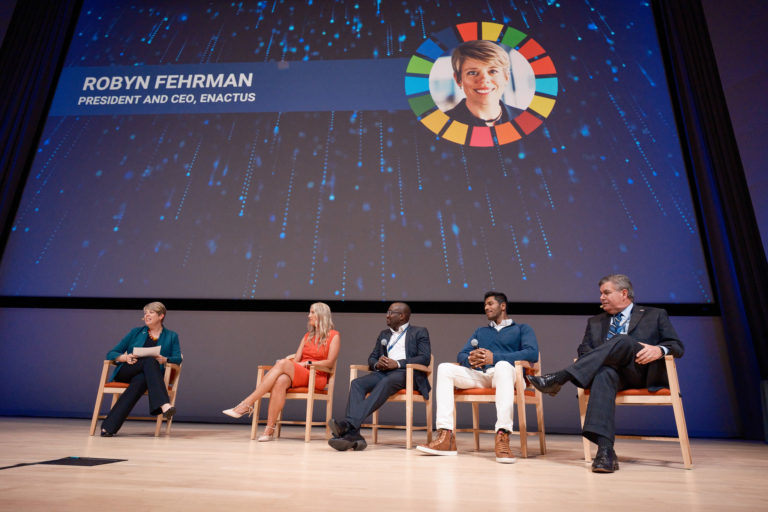
By Thursday, most of the registrations had been processed, which enabled me to float between rooms and observe team pitches to bolster my own knowledge of some of the projects our student teams were working on. I was able to observe great diversity in not only the types of projects that were being facilitated but also in the team compositions. The afternoon encompassed an academic symposium through which students would gain professional development tips and resources. Whilst this event was taking place, I was able to sit down casually with Paul Voelker, Mayor of Richardson, Texas. A short introduction quickly turned into an insightful conversation. I would have never thought that a mayor could also be the founder of an artificial intelligence startup. Being well-versed in social impact entrepreneurship as well as data science, we were able to have great dialogue surrounding the space and current trends. Subsequently, I was able to meet and speak to the four other panelists of the Enactus Forum, including Robyn Fehrman (President and CEO, Enactus), Manoj Jonna (Co-Founder and CEO, Ramped), Abby Thompson (VP Practice Group, Robert Half), and Roti Balogun (Global Head of Talent, JPMorgan Chase). We then took part in the reception networking night, through which I was able to connect with Enactus chapter leads from various universities such as Centenary, SUNY Fredonia, and Regent, as well as the judges (professionals from firms such as Accenture, Ericsson, and more). It was a great way to make connections spanning the US!
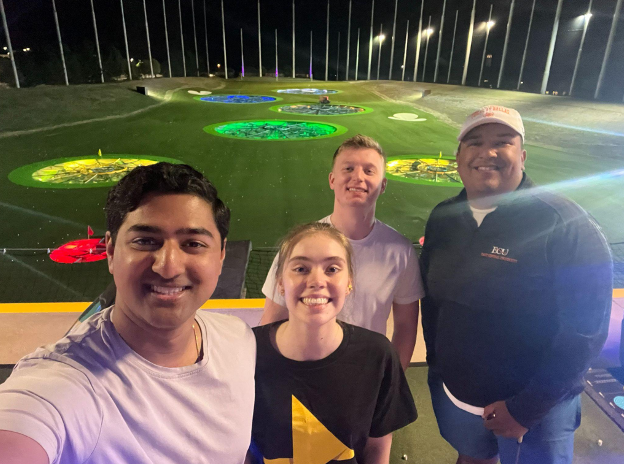
Friday, a.k.a the last day, consisted of a lot of cleanup work, especially as the day progressed – bringing down the many signs and posters we had put up, clearing off tables, as well as returning the campus we had taken over to its original form. You may think this is the part where we all called it a day and parted our own ways… but no! Part of being a team means working hard and sincerely, but playing equally as hard! Aleen, Tucker, Saul and I decided to dedicate our remaining energy to Top Golf – we had a blast and were able to spend some time bonding with each other in a more casual setting.
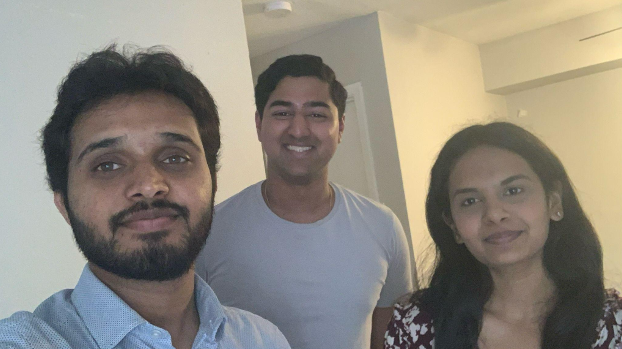
But that’s not all! In my time monitoring rooms and helping with event setup, I was given the opportunity to work alongside a talented volunteer team from UT Dallas, the hosts of Expo. Naturally, I ended up striking conversations with many such students, and was graciously invited by Nikhil for lunch right before my flight! I’d like to think that this goes to show not only how beneficial candid conversations can be, but also how vast the Enactus network truly is. If there is anything you get out of this article, it is to put yourself out there and portray your genuine self – the connections will form gradually, especially as a result of the size of the Enactus movement.
